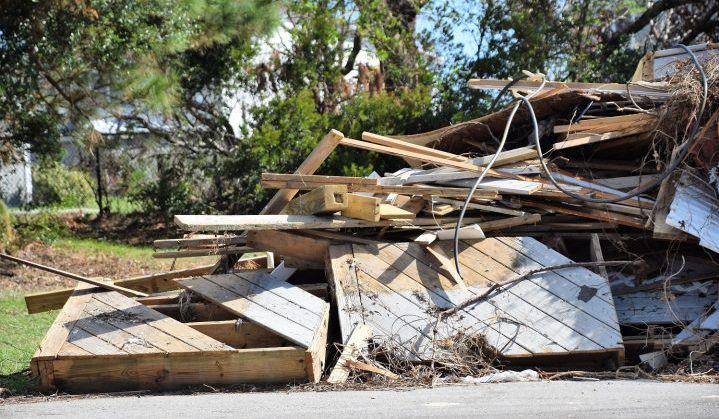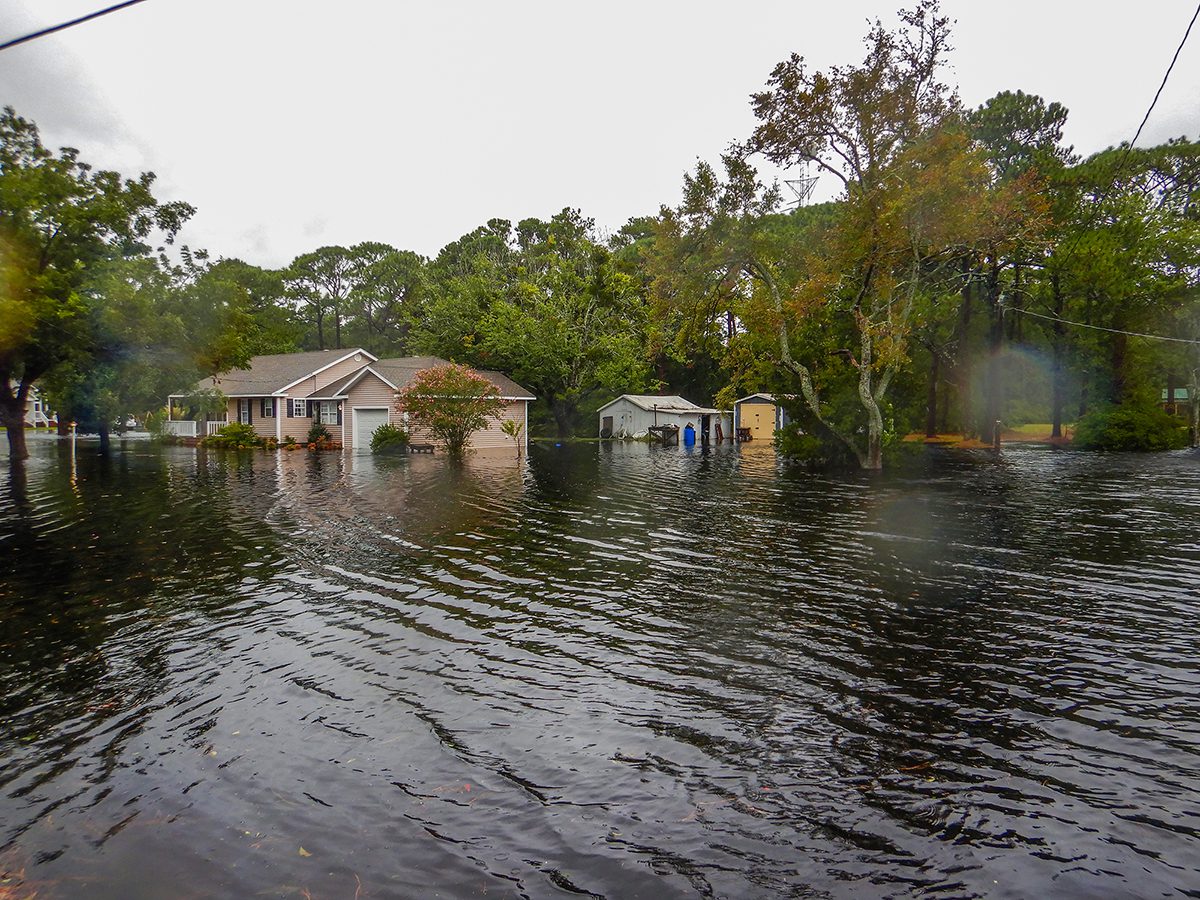
Last of two parts.
JACKSONVILLE – Among the destruction left in Hurricane Florcence’s wake are remnants like large toothpicks of mangled docks and bulkheads littering shorelines.
Sponsor Spotlight
Throughout the immense and ongoing post-storm cleanup, smoke from burning piles of debris has become a familiar smell permeating the air throughout eastern North Carolina counties hammered by the massive, slow-moving hurricane.
Whether chemically treated lumber scattered from damaged marine structures is getting tossed in the mix of limbs, pine needles, leaves and other vegetative debris being burned is raising health and environmental concerns.
Those worries are for good reason because lumber treated with a pesticide known as copper chromated arsenate, or CCA, is still used in the construction of marine structures. CCA is used to protect wood from termites, fungi and other pests that may threaten the integrity of the wood.
Manufacturers in 2003 stopped using CCA to produce residential and consumer-based materials, but the pesticide continues to be used to treat lumber in some industrial materials, “especially marine structures,” according to the Environmental Protection Agency.
Sponsor Spotlight
Burning CCA-treated wood, and, for that matter, any treated lumber, is against the law.
“It is illegal in the state of North Carolina to burn pretty much anything that is man-made,” said Jason Watkins, field operations supervisor for the North Carolina Division of Environmental Quality’s Solid Waste Section.
That, according to the North Carolina Forest Service, includes everything from household garbage, paper and cardboard to asphalt shingles and synthetic materials.
Here are a few things that residents cleaning up after #Florence can keep in mind when cleaning up treated lumber and other storm debris: pic.twitter.com/Id1MIkYCKe
— N.C. DEQ (@NCDEQ) October 9, 2018
With the exception of logs and stumps, yard trimmings may be burned if local ordinances allow, there is no public pickup available and it doesn’t cause a public nuisance, according to the service’s website. Burning vegetation is also permissible if fires are at least 500 feet from occupied buildings, winds are blowing away from built-up areas and roads and burning occurs between 8 a.m. and 6 p.m.
Violators can be fined upwards of more than $25,000.
If fines alone do not dissuade those cleaning up from illegally burning, perhaps the potential health risks will.
“The most immediate concerns are inhalation of toxic chemicals and the leaching of chemicals from residue, including ash and incompletely combusted wood,” according to an EPA spokesperson.
The EPA registers wood preservatives, including CCA.
“These wood preservatives go through the normal EPA registration process for pesticides, including assessing potential human health and ecological exposure risk,” according to the spokesperson. “EPA is currently reevaluating all chromated arsenicals as part of the Registration Review program.”
The agency recommends anyone who saws wood treated with chromated arsenicals to wear goggles and a dust mask and wash their hands after handling the wood.
Clearing treated lumber from a property the right way is to get it to a local landfill.
“Specific to treated lumber our recommendation is it goes to a permitted landfill for proper disposal,” Watkins said. “We don’t want that material being ground up. We don’t want that material being burned.”
That’s not to say that residents cannot reuse salvageable lumber for repairs or future construction.
“Generally speaking we’re not prohibiting a landowner from taking a 2-by-12 or 2-by-8 off their dock and keeping it for future use,” Watkins said.
The best way to find out how and when to get treated lumber to your local landfill is to contact your local waste management office.
“We’re encouraging citizens to talk to local governments and listen to what their local governments say,” Watkins said. “The collection piece is likely what you’re seeing differently in the various communities. At the end of the day, the disposal piece is all the same. The goal is to make sure all the materials get handled appropriately.”
For residents in, for example, Carteret County, pressured treated wood is hauled to a regional, lined landfill where the lumber is buried along with regular garbage.
“It’s buried and covered that same day,” as it comes in, said Bobbi Waters, solid waste planner and outreach coordinator of the Coastal Environmental Partnership, the solid waste authority for Carteret, Craven and Pamlico counties.
Dee Smith, program associate and Big Sweep coordinator for the North Carolina Cooperative Extension’s Carteret County Center, shares the following bit of advice: “If anybody has any doubt, it’s best to get rid of it through the landfill rather than burning it,” she said.
For more information about open burning go to contact the North Carolina Division of Air Quality at 919-707-8400 or the DAQ regional office for your county.







